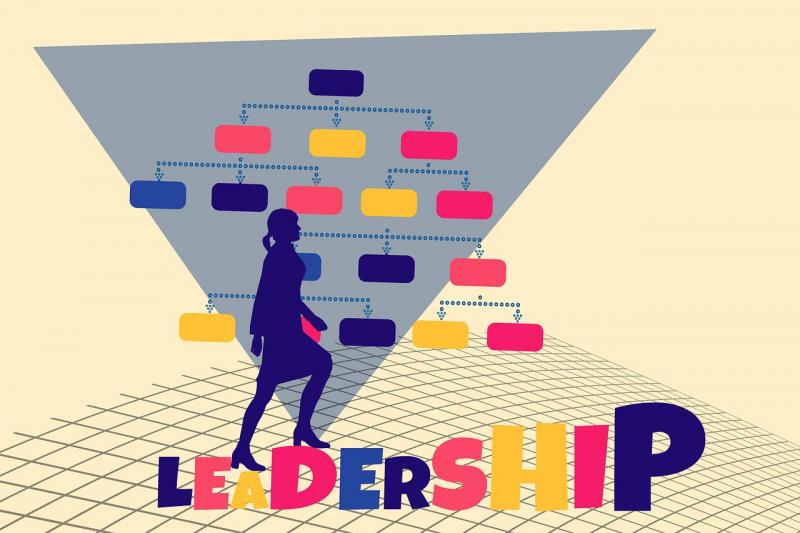
Temporal Leadership
It is a highly effective leadership style that helps organize, manage, coordinate and align tasks within the team. The word temporal refers to how long it takes for a job to complete a task. The word time describes the team that is assigned to complete the task on time. In terms of team performance, a team leader facilitates precise management of activities by scheduling, coordinating, and allocating time-based work resources.
With this, the team will be able to complete its sub-tasks to achieve your milestone. Make sure keeping up with the growing market demand, it has become challenging for leader to involve his team members in project activities to avoid schedule disputes. Temporal leadership is distinguished from the beginning of structure and consideration because it represents a brief set of behaviors that stand out.
When it comes to the organization's time or time-related needs, the concept of leadership should be more involved. The team's global leadership is effective in handling conflicts arising from global diversity.
Teamwork gets Work Done
Teamwork in teams is the key to success in organizations when the team has effective collaboration and coordination to strive towards a common goal to increase the efficiency of the project team. Project team performance refers to the results shown by the team and approved by the team leader. Team members are the backbone of any successful project. Project team members need to have the capabilities that are most needed for better project performance.
Previous studies show that temporal leadership has positive effects on team performance. When conflict arises rather than dispute arises, interim leadership plays an influential role because it will require more time and resources to resolve worldly diversity conflicts. When temporary diversity is reduced, the leader can handle conflicts significantly better. Still, as diversity increases, the interim leader's role becomes more rigid, limiting the leader's ability to handle these conflicts. Conflict can escalate due to capacity. Furthermore, it has been observed that disputes, if properly managed, can lead to increased knowledge sharing.
The Team Impact
Team has an impact on temporal leadership employee engagement and team performance. Numerous studies have tried to explain that team performance's success is primarily a function of leadership effectiveness.
Effectiveness and Team Performance
It is essential that leaders be conscious and well aware of the factors that may affect their effectiveness. Do leaders promote a solid commitment to organizations and their success? Leadership effectiveness, as a result of team performance, will require positive answers to such questions. Team can be helped to perform even better with some constructive skills through effective leadership and right direction. Furthermore, the team itself would like to increase the team's performance by taking advantage of the literature on employee engagements under interim leadership.
Conclusion
Leadership is the driving force that provides direction and communication to the team so that the task is performed effectively within the deadlines. The leadership roles can be rotating or fixed keeping in view the nature of tasks required in an organization.



